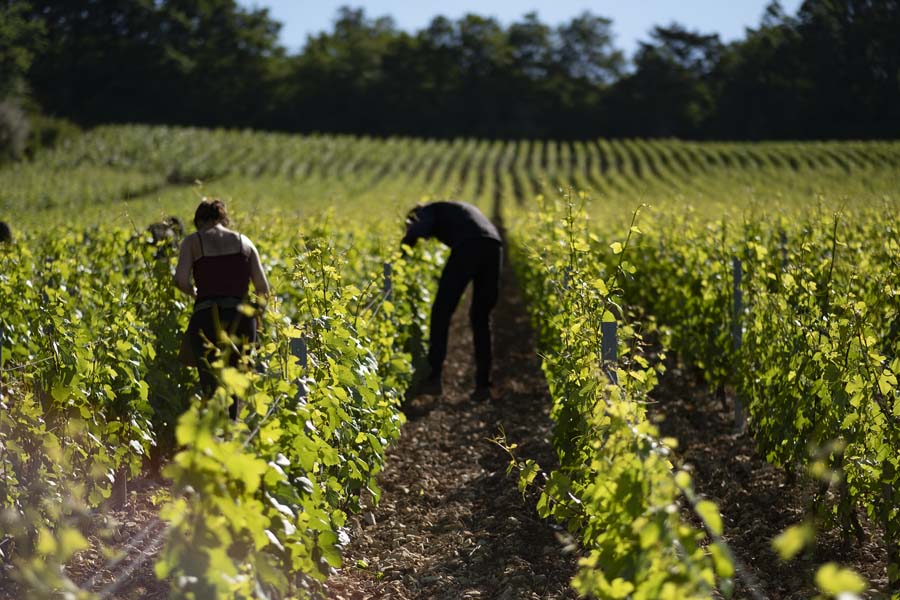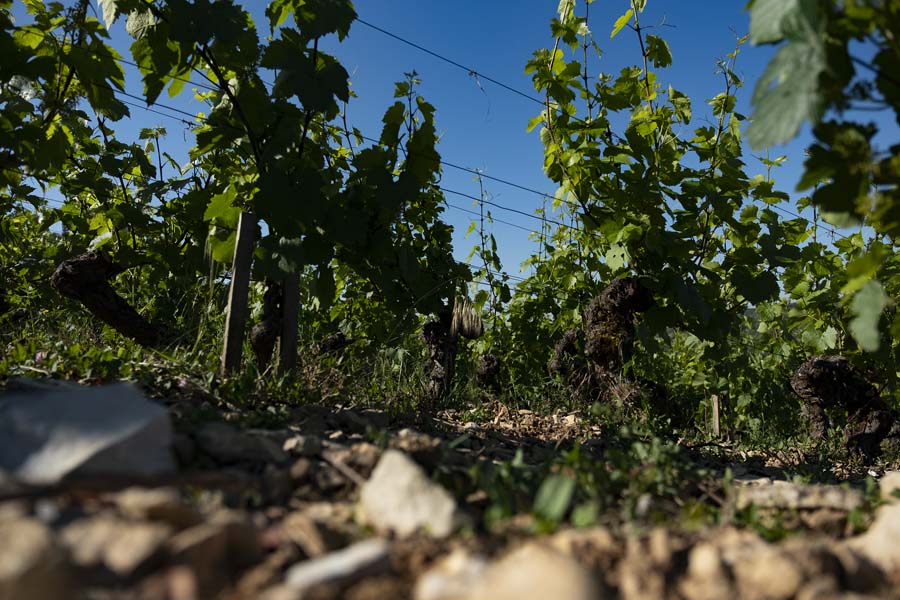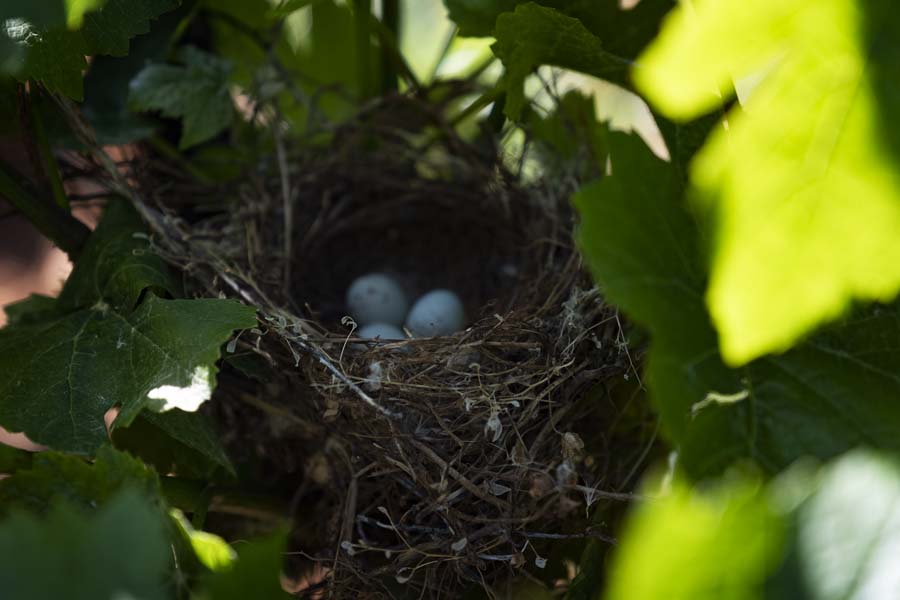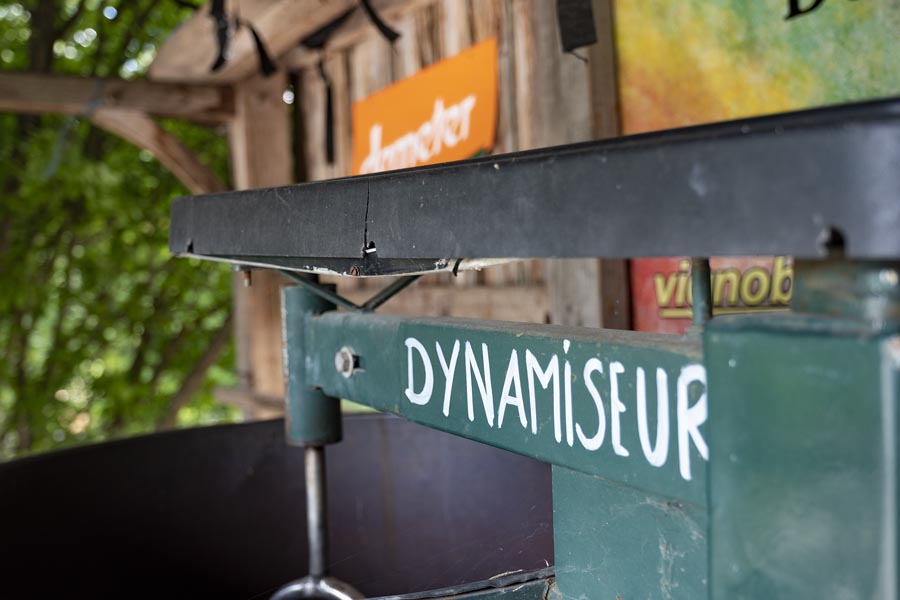A fabulous and promising playing field
The future of the Hautes Côtes: going one step further in revealing its terroirs
The renaissance of the Hautes Côtes dates back to the 1960s. They had been very extensively planted until 1890, when Phylloxera devasted the vineyards. The area under vine in Nantoux was 3 times larger before the Phylloxera plague and only the best terroirs were later replanted.
The Hautes Côtes boast some unique qualities when compared to the Côte. It is a terroir of great diversity: several different exposures, several altitudes, several types of growing and farming (vines, sheep, cows, mixed cropping) and natural areas (forest, limestone grassland).
Global warming is giving the Hautes Côtes the climate that the Côte de Beaune and the Côte de Nuits used to enjoy in the 1980s. This climate allows the production of fine wines, without too much alcohol, with good acidity and excellent maturity.
The future of the Hautes Côtes lies in further revealing the character of these terroirs which are still under-promoted. This is our intention for our Montagne de Cras, Le Clou, Bignon and other terroirs!
A preserved environment sitting alongside a Natura 2000 Zone
The Domaine and its vineyards are located alongside the “Arrière Côte de Dijon et de Beaune” protected Natura 2000 zone. We consider this a stroke of good luck, a guarantee that we will remain within a natural environment with a protected ecosystem.
It is home to two remarkable species of birds of prey. The first is the Great Horned Owl, one of the biggest nocturnal raptors in the world. The other is the Short-Toed Snake Eagle, a migratory bird of prey once refer to as the “Burgundy Eagle”. This flagship species of the Natura 2000 zone can be found in our hills from about April to October
